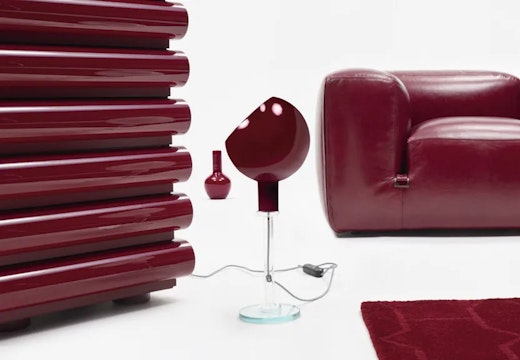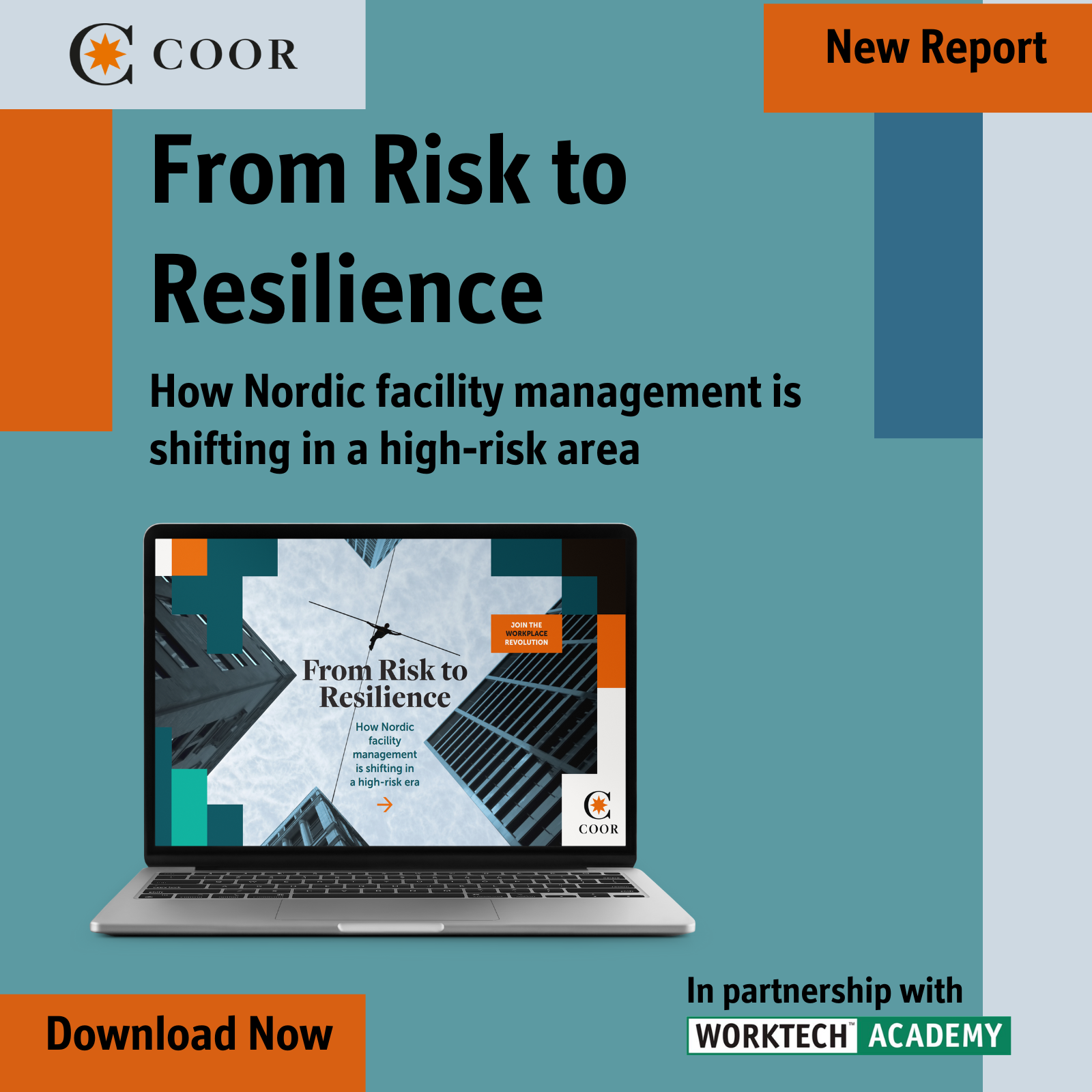Design meets digital: why tech integration is central to workplace design
From unlocking performance to enhancing wellbeing and collaboration, a new report by Neat and WORKTECH Academy outlines a roadmap for embedding technology and design from the start
Although hybrid work has settled as the status quo default work model for many organisations across the world, there are still organisations that are struggling to align physical office design with the digital tools employees rely on every day.
A new whitepaper, ‘Connected Spaces: Technology and furniture integration in hybrid spaces’, published by WORKTECH Academy in collaboration with Neat, explores how organisations can bridge this divide. It sets out a three-stage framework: Innovation, Implementation and Impact. This framework guides companies in integrating workplace design and technology to deliver seamless, equitable experiences.
The innovation imperative
The report begins with the innovation stage, highlighting key emerging innovations at the intersection of design and technology across three spatial scales: the desk, meeting room, and communal space.
At the desk scale, the rise of video meetings has made ergonomics and digital readiness critical. In the UK alone, employees spend up to three hours daily on calls. This shift in work style creates an opportunity to form new partnerships between tech and furniture companies that enable innovations such as height-adjustable desks that automatically adapt to individual preferences, enhancing comfort and productivity.
For meeting rooms, innovation is focused on digital equity. Almost three-quarters (71%) of meetings now include remote participants, so solutions like Neat’s AI-framing cameras and acoustic enhancements help remote workers feel equally present. Meanwhile, meeting analytics tools provide real-time data to optimise room sizes and configurations – addressing the mismatch between space design and actual usage.
In communal spaces, the emphasis is on adaptability. Modular furniture and portable collaboration tools enable employees to reconfigure areas on the fly, supporting informal meetings, learning and innovation. These designs are inspired by educational environments and reflect the growing importance of collective intelligence at work.
The challenge of implementation
Innovation alone isn’t enough. The implementation stage of the report explores how poor coordination between design and IT functions can derail even the best ideas. Too often, design consultants are brought in early while IT decisions lag behind, leading to misaligned expectations and last-minute fixes.
To overcome this, the report advocates for early cross-disciplinary collaboration and shared vision setting. New roles – such as Chief Experience Officers and Heads of Workplace – are beginning to close these organisational silos. Companies like Neat and Flokk exemplify the benefits of this approach by co-designing solutions that blend video tech with ergonomic furniture.
Measuring impact
The final chapter of the report explores the impact of integration. Traditional metrics like space utilisation tell only part of the story. Instead, the report champions ‘Return on Experience’ (ROE), looking at usability, engagement, wellbeing and the inclusivity of collaboration.
Hybrid meetings, for example, require spaces and technology that make every voice heard, both digitally and physically. If employees find systems intuitive and adaptable, they’re more likely to engage with the company and innovate more readily.
Ultimately, the whitepaper argues that design and technology must no longer be seen as separate pillars. Their integration is critical to shaping responsive, future-ready work environments – places that enhance work and the abilities of the people doing it.
Download the full report here – or read more in our Innovation Zone.








